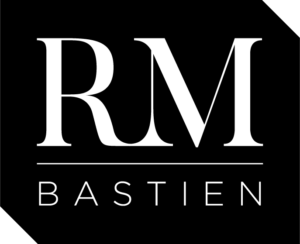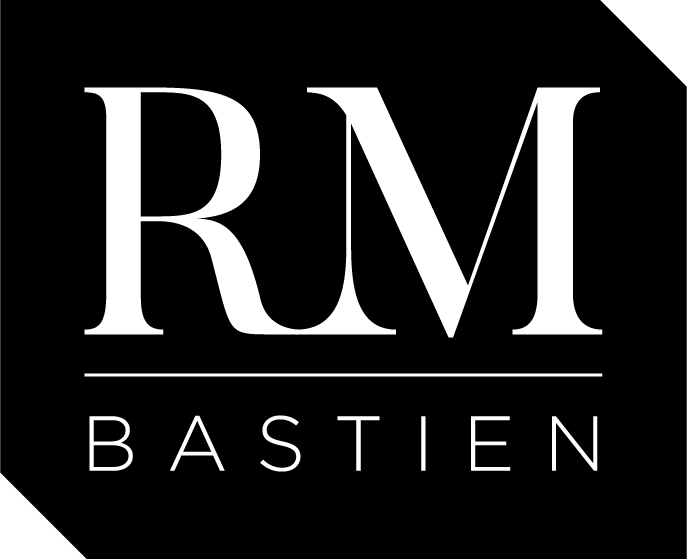Standing the Test of Time
I’ve been an unflagging fan of Led Zeppelin since my early teens. I’ve been a worshiper of their founder and lead guitarist Jimmy Page. That’s probably why YouTube’s algorithm presented me this 17 minute video from the BBC where Mr. Page describes the intent and the result of Zep’s most iconic composition: Stairway to Heaven. Saying that this piece has an enduring popularity is an understatement. Today, teenagers whose parents weren’t yet born when this opus was written are still fascinated by the creation.
Jimmy’s Architecture
There are certainly a series of reasons why Stairway to Heaven is so good, and not being a musician, I’m not cognizant enough to comment on all of them. However, at 4:38 into the video, Jimmy said something that struck me:
“All this stuff was planned. It was not an accident, or everyone chipping in. It really was a sort of design.”
Jimmy Page
If you listen to the whole video, there will be no possible doubt: Stairway to Heaven is the result of conscious design. The magnum opus was architected, from the beginning, with a clear vision about the sequence of movements, the textures, the build-up of tempo and the unfoldment of the majestic finale.
Innovation Is Not Design — It Feeds It
Another clear learning from Master Page: this was not the result of some brainstorming session, an unplanned mashup, or random amalgamation in hopes of finding a gem. Unknowingly, Jimmy brought more fuel to a conviction that I’ve seen building in my mind over the years: innovations and epiphanies emerge before the actual design of digital solutions begins. These pieces of enlightenment are then embedded into the greater creation. The innovations —if any— reside in specific areas of the final product, but they are not the final achievement.
Architecture and Design Make the Masterpiece
This leads to another observation, which is supported by decades of scrutiny and involvement in the world of information systems design: brainstorming sessions, focus groups, innovation dives —and all the good practices that encourage seeing things differently— will not yield a masterpiece. They will nourish the subsequent process of architecting a creation that uses the innovative gems, but the master work comes from intentional design.
Randomly searching for innovation may lead to interesting designs; but masterpieces that stand the test of time are architected.
If you’re tempted to think that great business systems emerge from innovation, beware that it’s far from enough. Don’t put all your marbles on the lateral thinking side of things. Save a few for conscious design.

